The Law on High Technology is the legal framework for positioning CNC development.
The draft Law on High Technology (amended) consists of 6 chapters and 29 articles, 6 articles less than the current Law and is restructured to be more accessible and easier to implement. The goal is to create a more transparent, stable and attractive legal corridor for high technology activities, applications and transfers.
In the appraisal report, the Ministry of Justice and the Ministry of Science and Technology determined: Many provisions in the current law are outdated and no longer consistent with specialized laws such as the Law on Science, Technology and Innovation, the Law on Technology Transfer... The amendment aims to institutionalize Resolution No. 57-NQ/TW of the Politburo on science, technology and innovation development to 2030, with a vision to 2045.
Thus, the new Law does not stand alone, but is part of the national strategy system on high technology and digital transformation; it is a bridge between macro orientation and specific policies to promote digital industry, supporting industry, and innovation.
During the review session of the Law project, many delegates proposed to add separate provisions on the development of supporting industries, support for participation in the supply chain and encouragement of the production of components and core materials. Many opinions said that a strong law should design a conditional incentive mechanism for supporting industry enterprises to participate in the production of components in high-tech zones, connecting with high-tech enterprises to undertake the central stage or the stage of high added value. If the new law does not have a focus on supporting industries, the growth of high-tech industries will be limited.
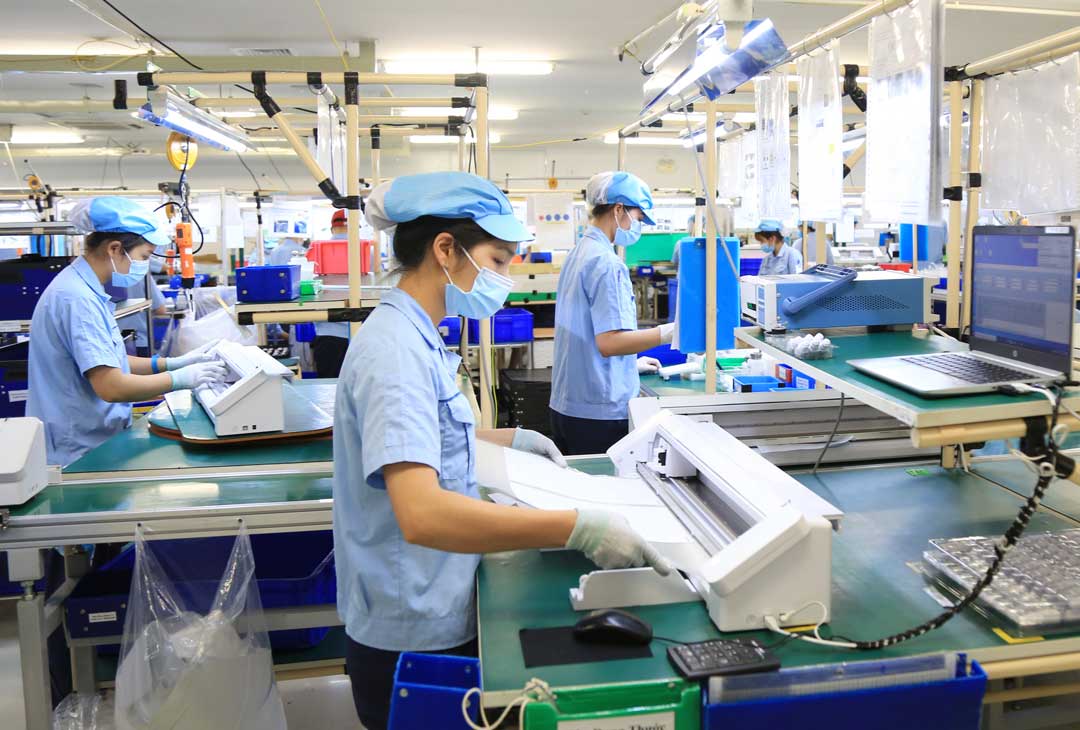
A strong law should design a conditional incentive mechanism for supporting industry enterprises to participate in component production in high-tech zones.
Digital transformation - the foundation for high-tech industry to spread
Digital transformation and high technology are closely linked: Digital economy , big data, artificial intelligence, smart manufacturing… are essential components of the future CNC.
The draft revised Law on High Technology also aims to synchronize with laws/projects on digital transformation and digital technology. During the review session of the Committee on Science , Technology and Environment, it was emphasized that the draft content needs to combine the development of digital infrastructure and resources for digital transformation.
Having a high-tech industrial law in sync with digital transformation helps CNC industry not become a "gap" between traditional and high-tech manufacturing, but a continuous chain from digitalization, technology application, new product development, and digital service provision.
The High-Tech Law must be compatible with the national strategy on digital technology, digital transformation and supporting industries. The draft has emphasized the design of incentive policies "consistent with relevant laws" to ensure feasibility when implemented.
At the recent workshop to collect comments on the draft Law on High Technology (amended) in Ho Chi Minh City, Permanent Deputy Minister of Science and Technology Vu Hai Quan affirmed: The amendment of the Law on High Technology aims to remove practical obstacles, while creating an effective legal corridor for high technology development and enhancing endogenous capacity.

Permanent Deputy Minister of Science and Technology Vu Hai Quan speaks at the workshop to collect comments on the draft Law on High Technology (amended) in Ho Chi Minh City.
In the appraisal section of the Law project, it was reported that many preferential regulations and criteria for establishing high-tech zones, high-tech urban areas, and high-tech agricultural zones are still general and not specifically quantified. Opinions suggested "designing strong and clear incentive mechanisms and regulations right in the Law to ensure feasibility and consistency during implementation."
Developing high-tech industry is not only about separating into high-tech areas, but must spread to production, services, value chains, supporting industries, and digital transformation. The revised Law on High Technology is an essential tool to create a breakthrough if it has a strong enough policy (strong, long-term, with commitments) and is transparent and quantifiable for control and adjustment.
If the policy is only symbolic and lacks specific criteria (quantifying the level of incentives, binding KPIs, and monitoring mechanisms), then even businesses with potential will be hesitant to invest in risky high technology. On the contrary, if well designed, with strong and transparent incentives, the new Law will support domestic businesses, from large corporations to SMEs, to overcome technological barriers, participate deeply in the international value chain, and form the spearhead industries of the future.
Source: https://mst.gov.vn/phat-trien-cong-nghiep-cong-nghe-cao-can-chinh-sach-du-luc-de-bat-197251012140142809.htm






![[Photo] Discover unique experiences at the first World Cultural Festival](https://vphoto.vietnam.vn/thumb/1200x675/vietnam/resource/IMAGE/2025/10/11/1760198064937_le-hoi-van-hoa-4199-3623-jpg.webp)














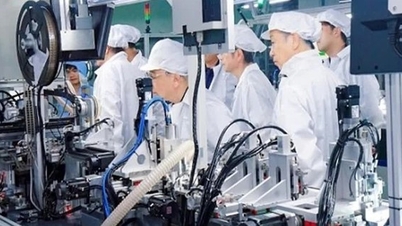

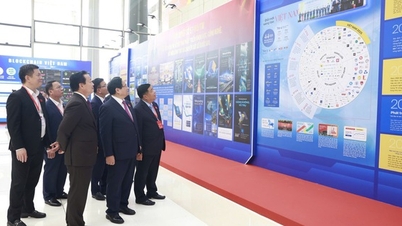




































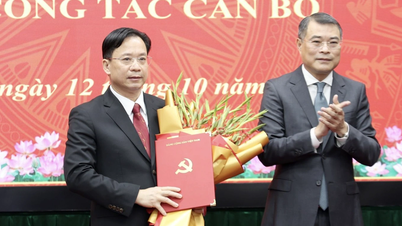



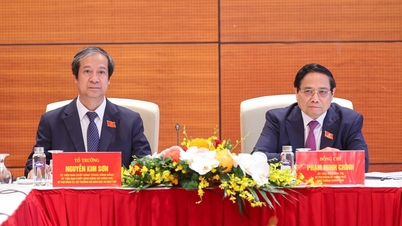

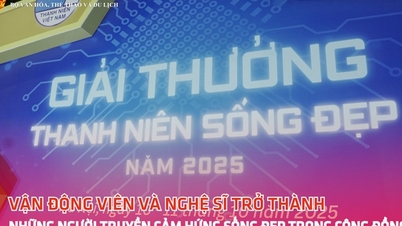



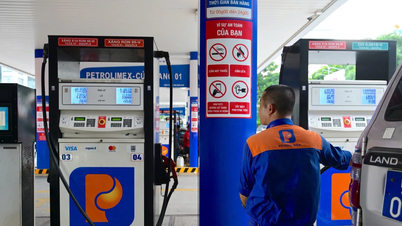




















Comment (0)